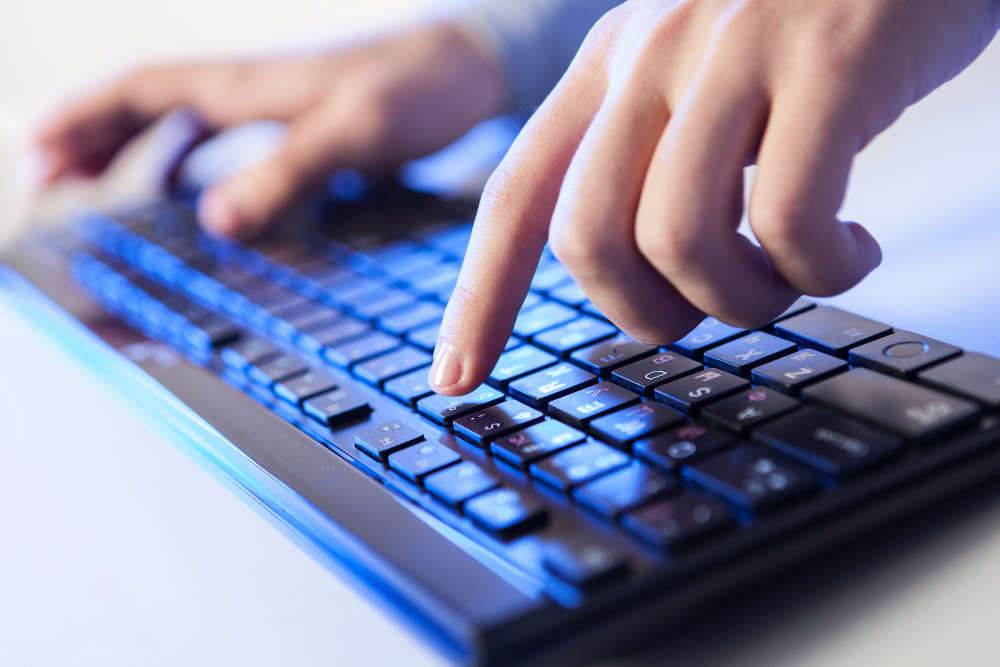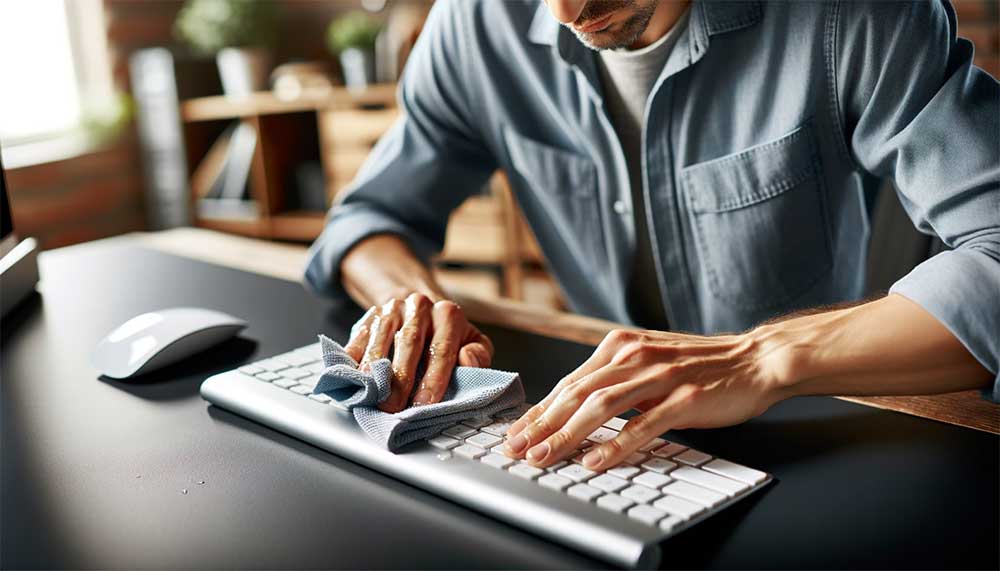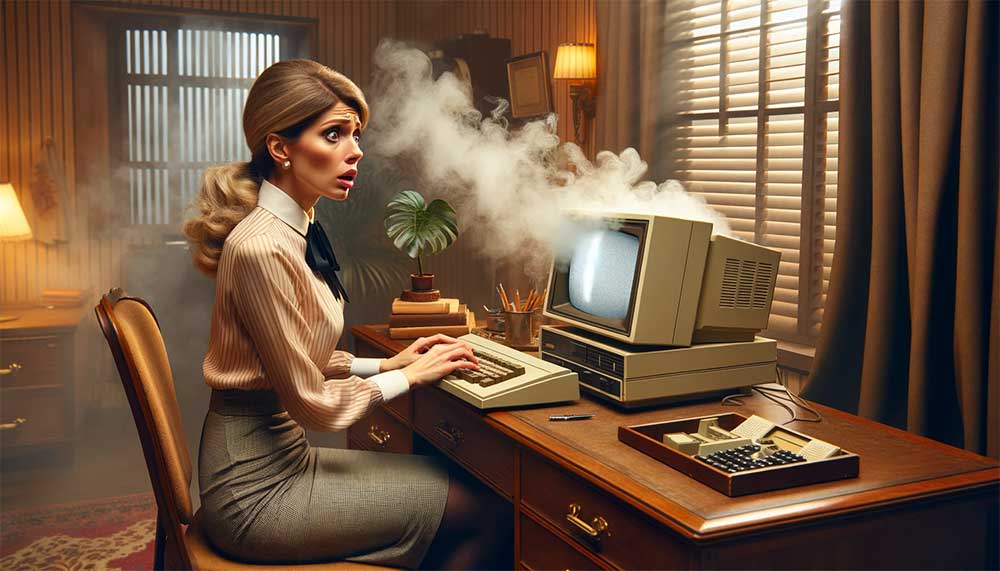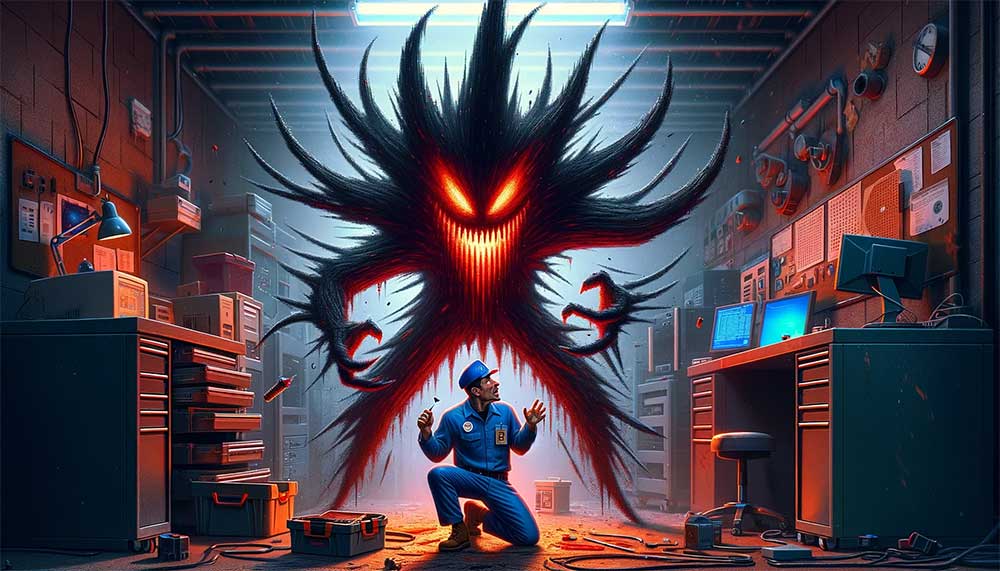Microsoft has done it again. With Windows 10 clearly on track to becoming the most popular operating system in the world, the number of computer and mobile users who complain about performance issues is increasing.
The Migration Towards Windows 10
The staggering adoption rate of Windows 10 can be pinpointed to a couple of factors: First of all, Microsoft has developed a powerful operating system that users are strongly attracted to; second, the company has been particularly aggressive in terms of pushing free upgrades.
[su_note note_color=”#F4f4f4″]Just a few months after the official launch of Windows 10, several users went online to vent their frustrations about the sluggish performance of their systems after the upgrade. The complaints ranged from an overall slowdown to long waiting times when switching between applications.[/su_note]
Possible Causes of Performance Issues
One of the problems with Windows 10 can be attributed to Microsoft being too aggressive in terms of marketing free upgrades to users whose devices barely met the system requirements, and this is a situation that the company has previously experienced back in the days of Windows XP and Windows 7.
[su_note note_color=”#F4f4f4″]The most frustrated users who encountered performance issues after the Windows 10 upgrade opted for reverting back to their previous operating system; however, this is not necessary in many cases.[/su_note]
Diagnosing Potential Issues
Many of the problems being reported by users who have recently upgraded to Windows 10 are not related to the operating system itself; in fact, these are not exactly new issues. Computer owners from Victorville and Apple Valley have likely experienced similar issues with previous versions of Windows.
If a computer that has been upgraded to Windows 10 starts acting up, the best course of action is to conduct a diagnostic session. Some issues may be related to the operating system in terms of compatibility with the hardware platform; these problems can be solved by optimizing the page file settings, fixing registry conflicts and defragmenting the hard drive. There may be hardware concerns related to the functioning of the fans, loose connection and the seating of the processor cards. In some cases, the device settings and power management options must be adjusted to match Windows 10, and this is particularly the case with laptops.
[su_box title=”Get Help From Experts when Upgrading” box_color=”#f4f4f4″ title_color=”#000000″]To properly upgrade and modernize a computer, installing the latest version of an operating system may not be enough. In many cases, certain hardware upgrades can be applied to “future-proof” the device for the next few years. If you are experiencing issues with Windows 10 in your computing device, be sure to give us a call today.[/su_box]














